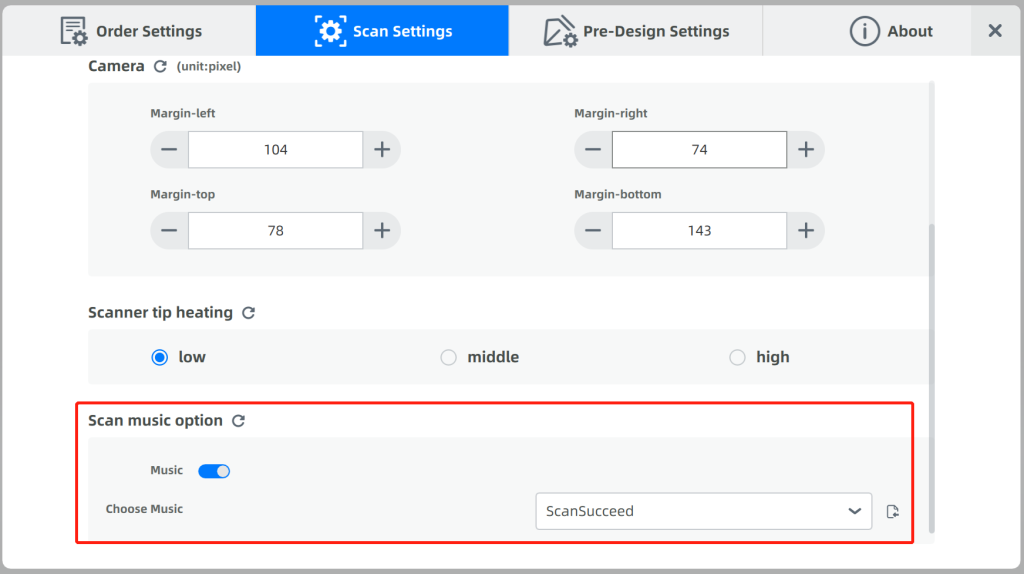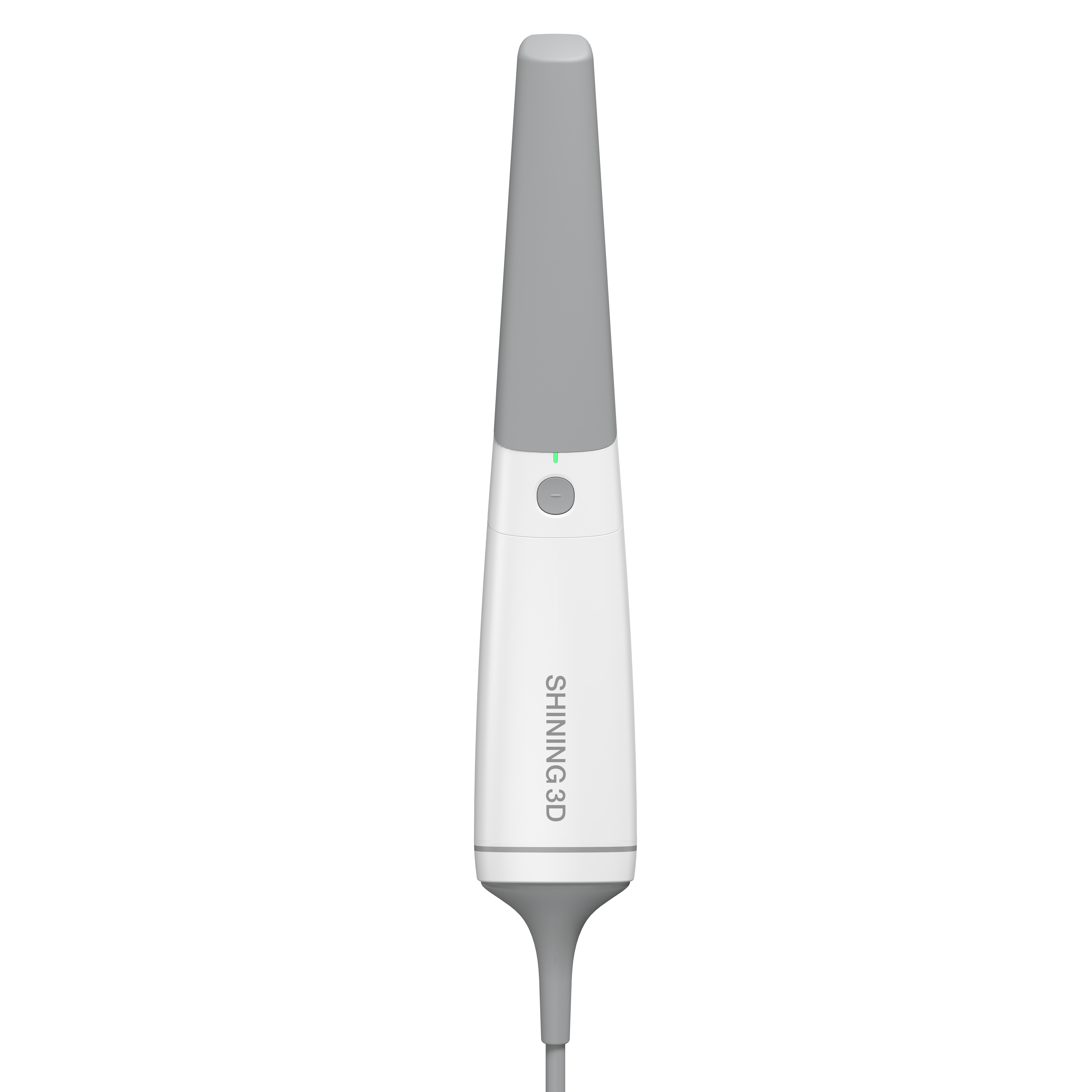With the increase in the standard of living, more and more people are beginning to pay attention to their and family members’ oral health. The number of young children in stomatological hospitals is increasing because of eating habits and inadequate teeth brushing. Common oral problems in children are dental caries, retention of primary teeth, jaw dysplasia, etc. These problems can greatly affect children’s diet, influence normal growth, and lead to some neurological health problems. This is the reason why we need to care about children’s oral treatment.
This article describes the problems a dentist will come across when treating a child. How to make the whole treatment process smoother by establishing interaction and communication, and the scan skills of capturing the oral data of young children using Aoralscan 3.
The Communication Problems
In treatment, the first hurdle is the communication problem. On one hand, children’s cooperation and compliance are relatively low. It is easy for them to experience emotion and cry. This increases the risk during the treatment, and they are more likely to inhale cotton balls by mistake. On the other hand, some parents do not have health awareness and ignore the necessity of treatment, prevention, and early intervention. What’s more, children’s crying increases their pressure leading to hypertonicity. These are the disadvantaged factors during the process of children’s oral treatment.
Establishing Interaction and Communication
Communication is an important factor in the success of treatment, and there are a number of ways to increase the effectiveness of communication. First, have a full conversation with the parents. Make sure they understand children’s oral treatment process clearly. It is important to increase their oral health knowledge, and then the cooperation between the dentist and parents can be seamless. Second, the utilization of games, rewards, and plenty of praise could increase cooperation with children.
Scan Advice
To begin the treatment, we will obtain the intraoral data using the intraoral scanner Aoralscan 3, there are five tips we would like to share for children scanning.
First, an assistant would make the operation smoother. The assistant not only can help remove saliva, but also relieve the young patient’s nervousness. If there is no assistant, it is recommended to use gauze to remove saliva instead of cotton balls to avoid suction.
Second, choose the mini scan tip for children. The Aoralscan 3 is equipped with two different sizes of scan tips (Fig 1). The mini size is more suitable for children as there are fewer foreign body sensations and provides an overall better experience.

Fig 1: Two different sizes of scan tips provided with Aoralscan 3
Third, try your best to transfer their attention from the treatment. With Aoralscan 3, you can set the background music according to children’s preferences, reducing the difficulty of scanning (Fig 2).

Fig 2: The software interface in which you can choose the music for your patients
Fourth, take full advantage of the health report. After the scan, the oral health report will be generated (Fig 3), and it can be shared by QR code. Parents can scan and have a better understanding of their children’s oral condition and treatment plan in an efficient way.

Fig 3: The Children’s Oral Health Report
Now, let’s sort of recap what we’ve discussed. We started by talking about some problems during the children’s oral treatment, then we shared some communication skills and scan advice which may be helpful to have a more comfortable treatment process for both dentists and young patients.
 ENG
ENG









